What are dust bunnies made of, and where did they come from? Part 1
A two-part investigation into recent advances in dustbunnyology
22 February 2023
Part 1 - what are dust bunnies made of?
Tease apart a dust bunny and with a magnifying glass you’ll find body hairs, skin cells, laundry fluff, bedsheet fibres and old knicker threads.
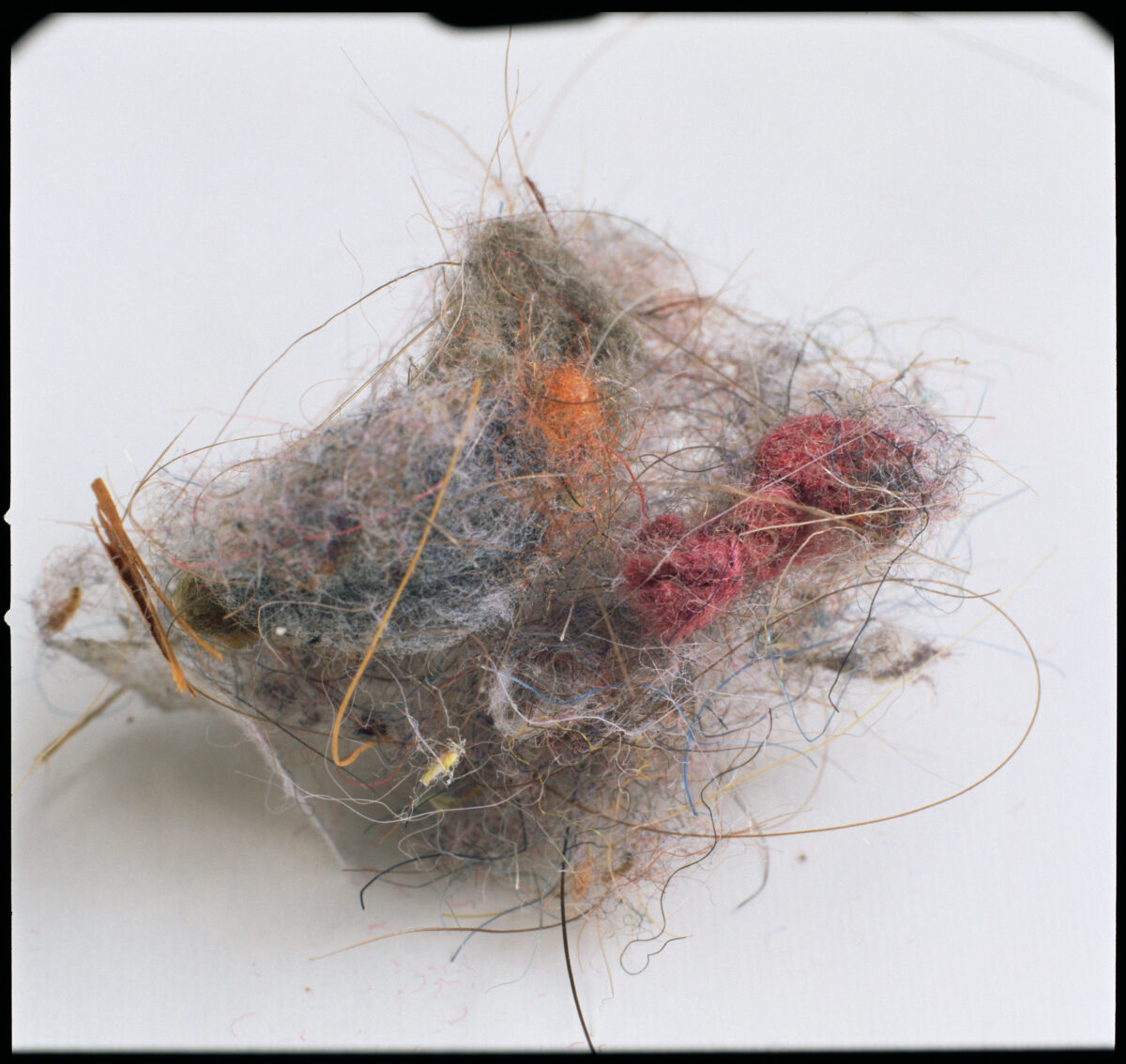
Eyeballing a dust bunny with optical instruments will only you get so far.
To get a much, much closer look you’ll need an electron microscope.
(Fortunately for keen home dustbunnyologists used desktop electron microscopes are available at a very reasonable $60k - $100k.)

So what does a closer look at a dust bunny's innards reveal?
40x magnification reveals a jumble of material which at first glance closely resembles a horse's nest with bad dandruff.
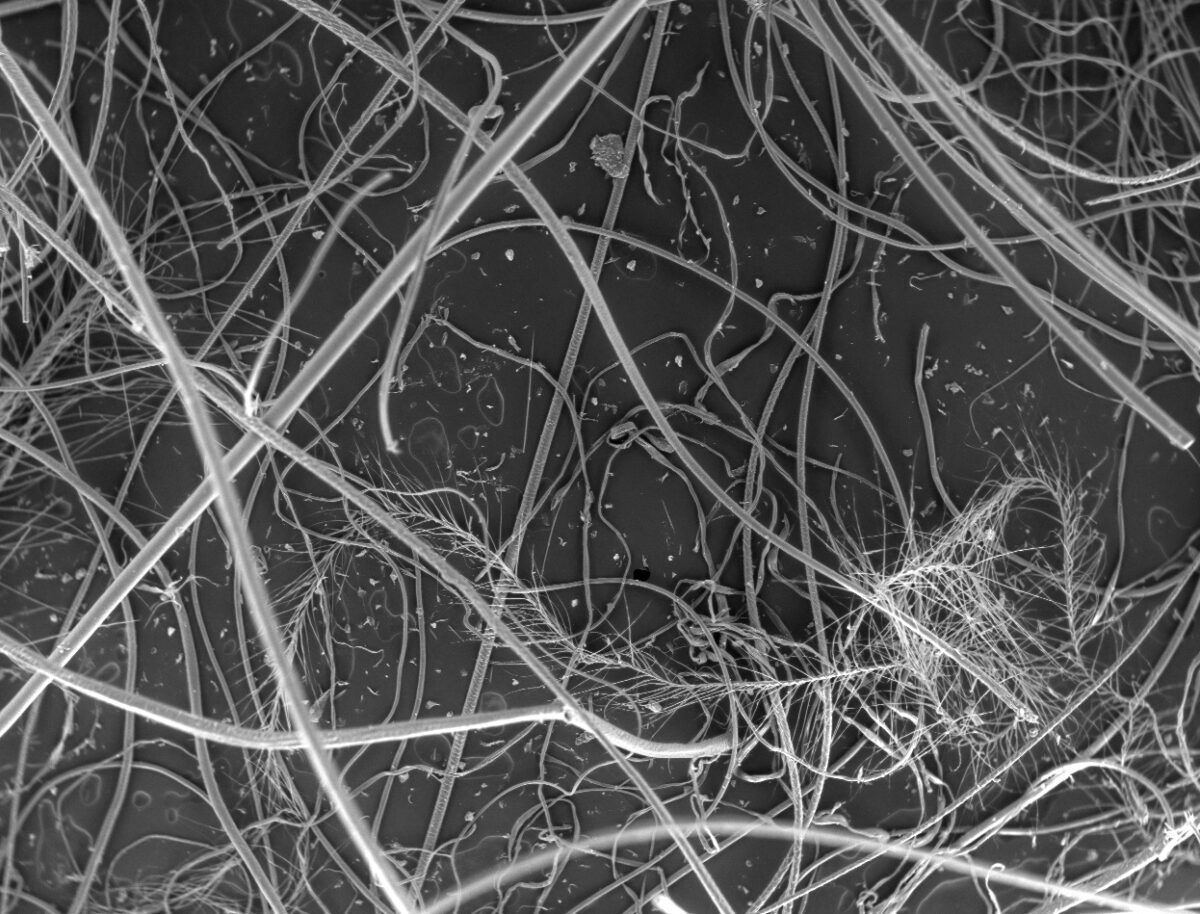
At 100x magnification you can start to make out bits of pollen, the texture of hair, skin cells and the other tiny components of domestic detritus such as the bodies of dust mites.
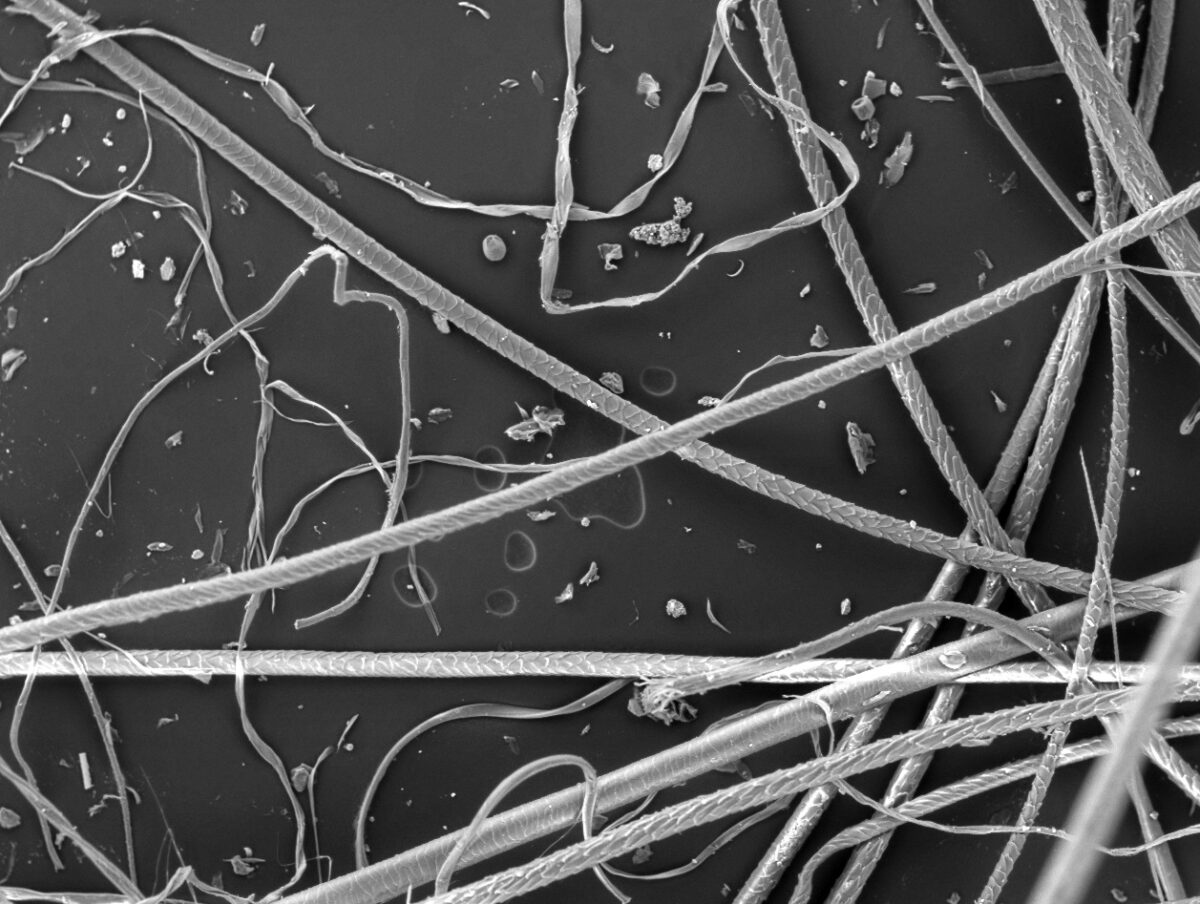
At 300x magnification there's a big fat pollen particle in the middle and, in all probability, sloughed off skin cells and bits of decaying underwear fibres.
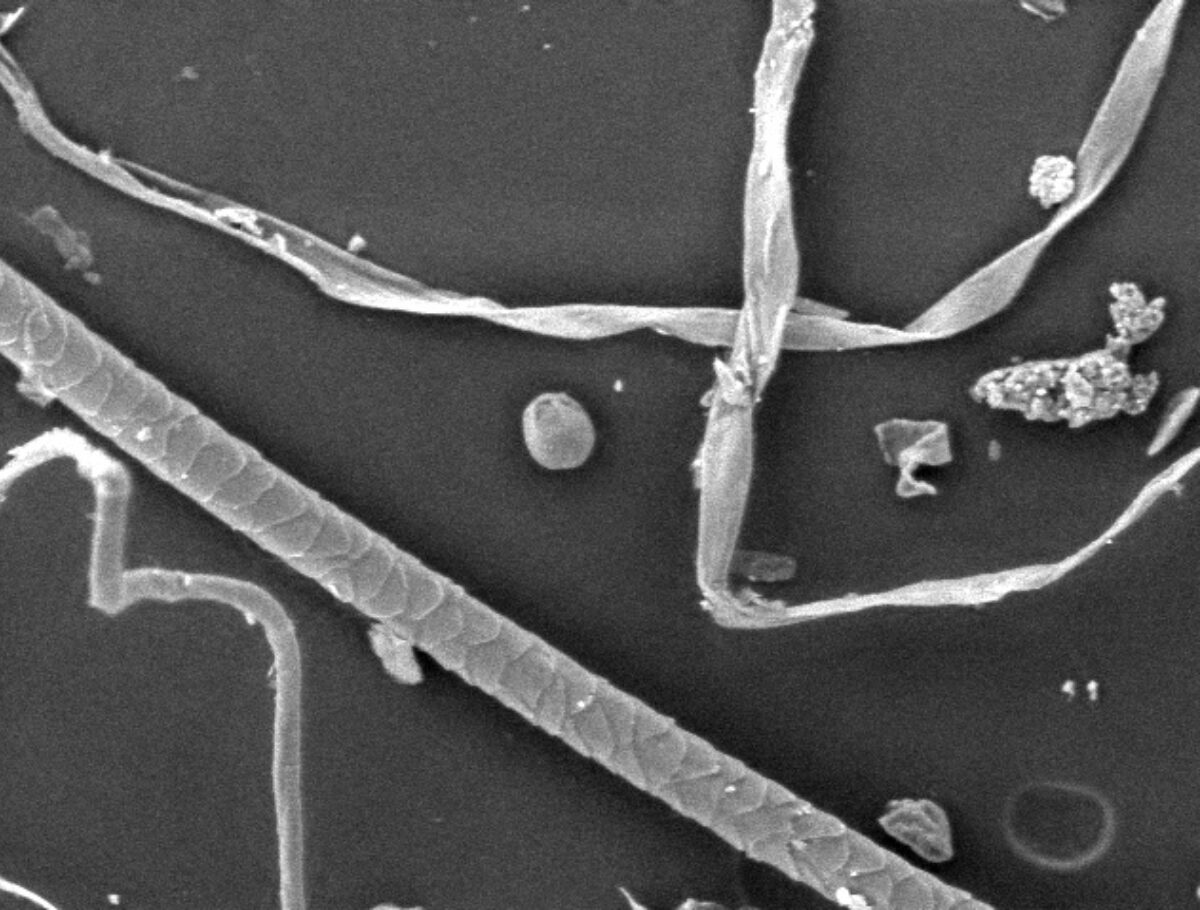
But there's also something smaller yet clinging to the shafts of hair... at 600 x magnification, we see that even dust bunnies are dusty.
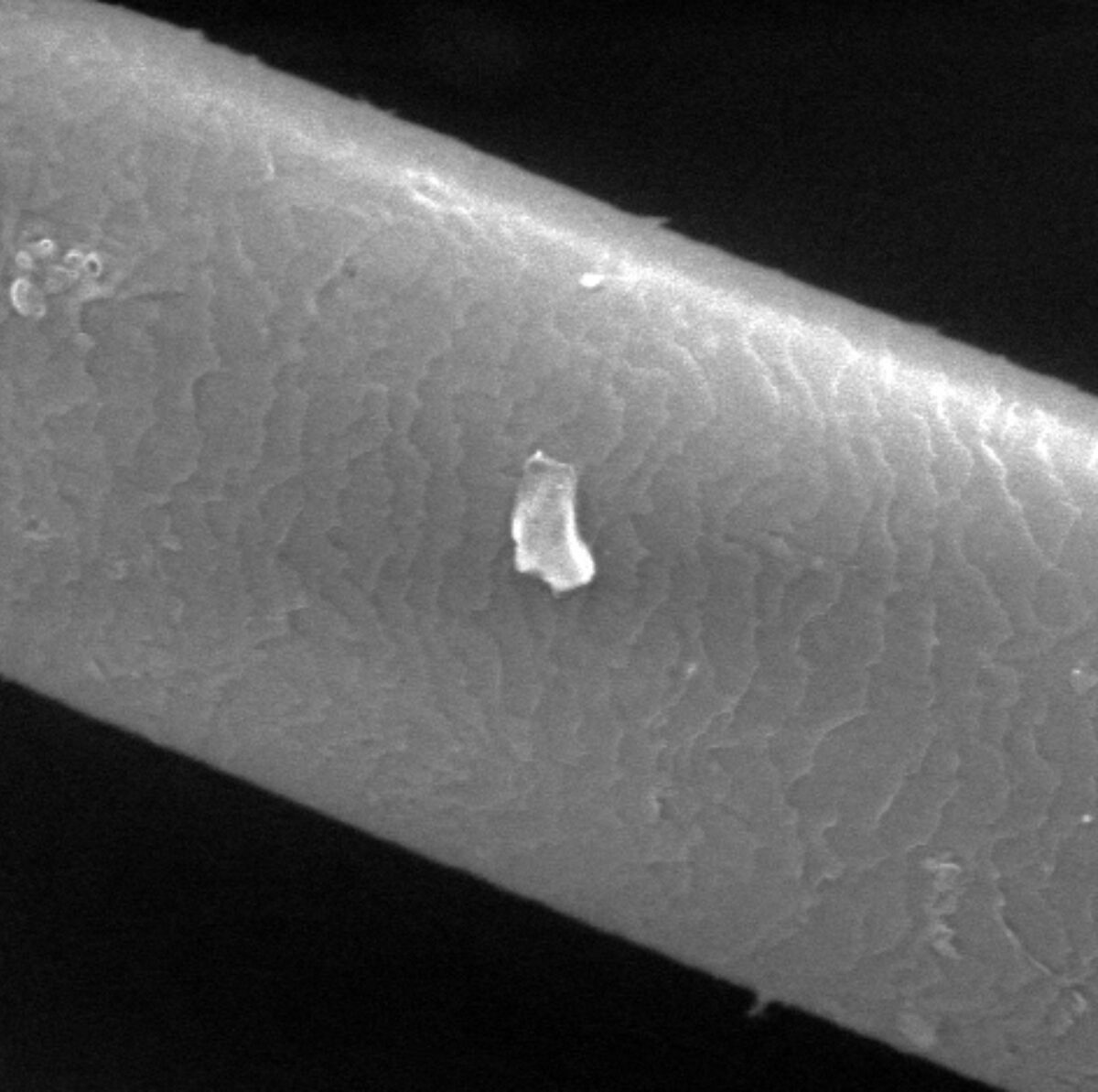
It's dusty all the way down. To paraphrase Augustus De Morgan;
Wee DBs have littler DB’s
Upon their backs to bite 'em,
And littler DBs have lesser DBs,
And so, ad infinitum.

I'd like to say no dust bunnies were hurt for the following section - but actually they were blasted to smithereens
Warning; the following section contains graphic material.
Not suitable for the graph-sensitive.
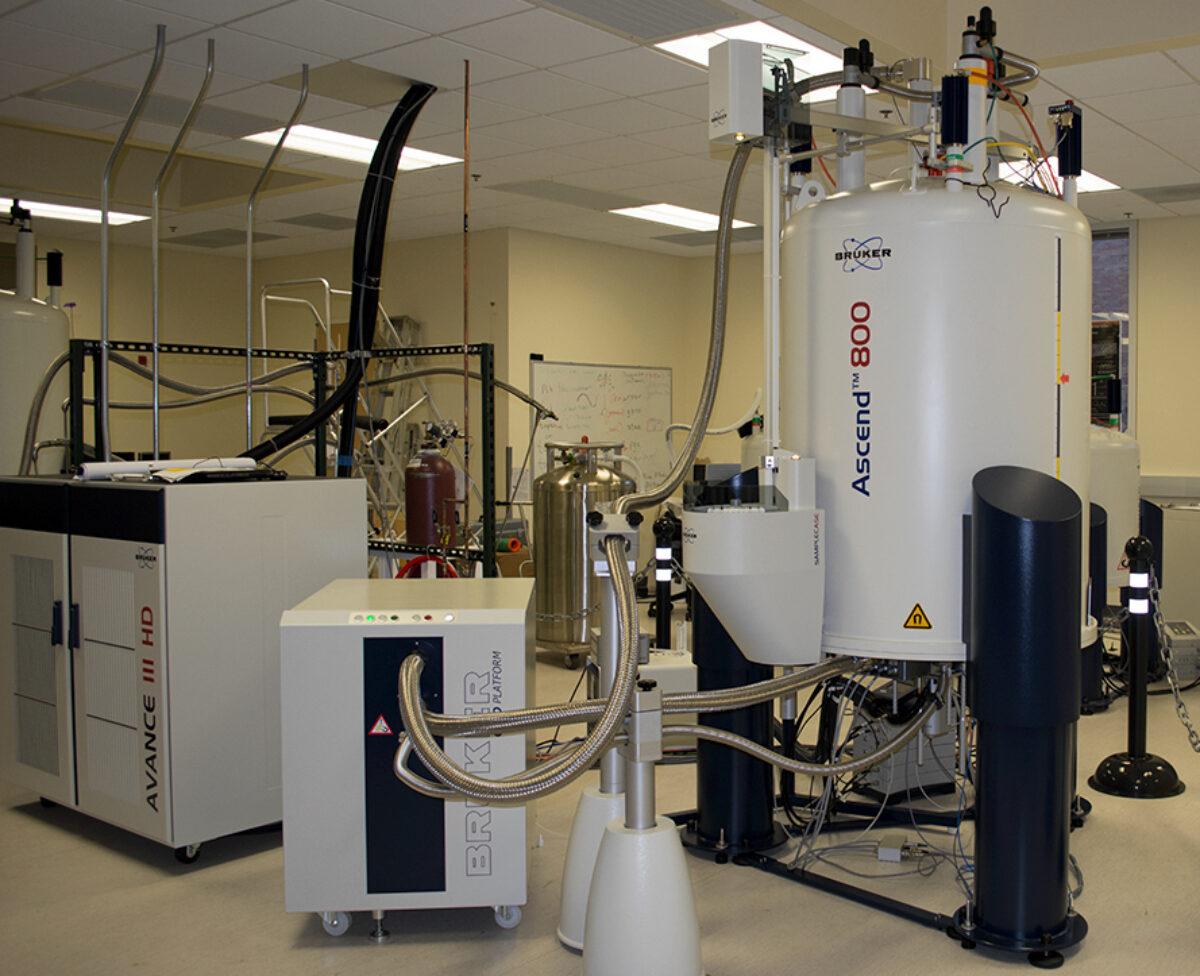
Dust bunnies have good reasons to abhor vacuums and here's another.
This is a nuclear magnetic resonance spectrograph.
You'll need one of these because we're in the realm of the nanometer now - the really tiny. In fact, tiny to the power of 10-9 of a meter.
A sample of dust bunny is vapourized and the bits are injected into a hard vacuum.
Story of a dust bunnies life really.
This machine does high-energy physics at bits of dust bunny to measure what they're made of.
Sadly there's nothing to feast your eyes on.
This is what you get for your $5,000,000 nmr - a graph.
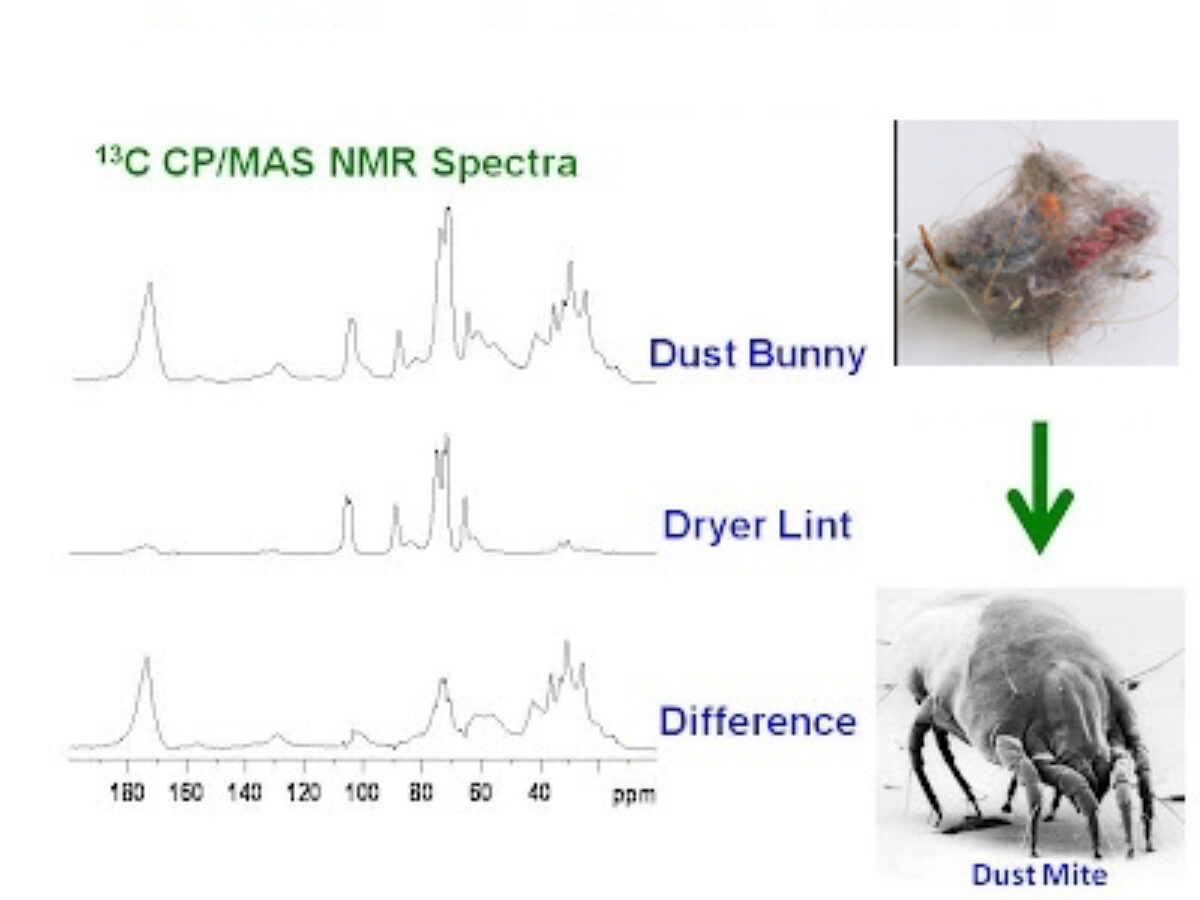
The top trace is the 13C CPMAS NMR spectrum of a sample of dust bunny.
The middle trace is a spectrum of clothing fibers from dryer lint.
The difference spectrum (the bottom trace) is consistent with a complex mixture of proteins and largely represents the spectrum of dead human skin and the bodies of dust mites.
So the spectrograph does tell you there are lots of bio-bits in a dust bunny (especially the bathroom dust bunnies) so it does have a fairly high Yuck factor (0.85 Gags on the Ick/Yew scale).
This is the ultimate dust bunny probe - the Atlas Detector at Large Hadron Collider.

Once again, it's into the vacuum with the dust bunny bits.
To protect the sensitive nature of the public from the true horrors of high-energy dust bunny experiments, CERN scientists say they're using non-dust bunny-derived protons.
Or they claim they're using re-cycled vegan protons if the veggy casserole was on at the canteen the day before.
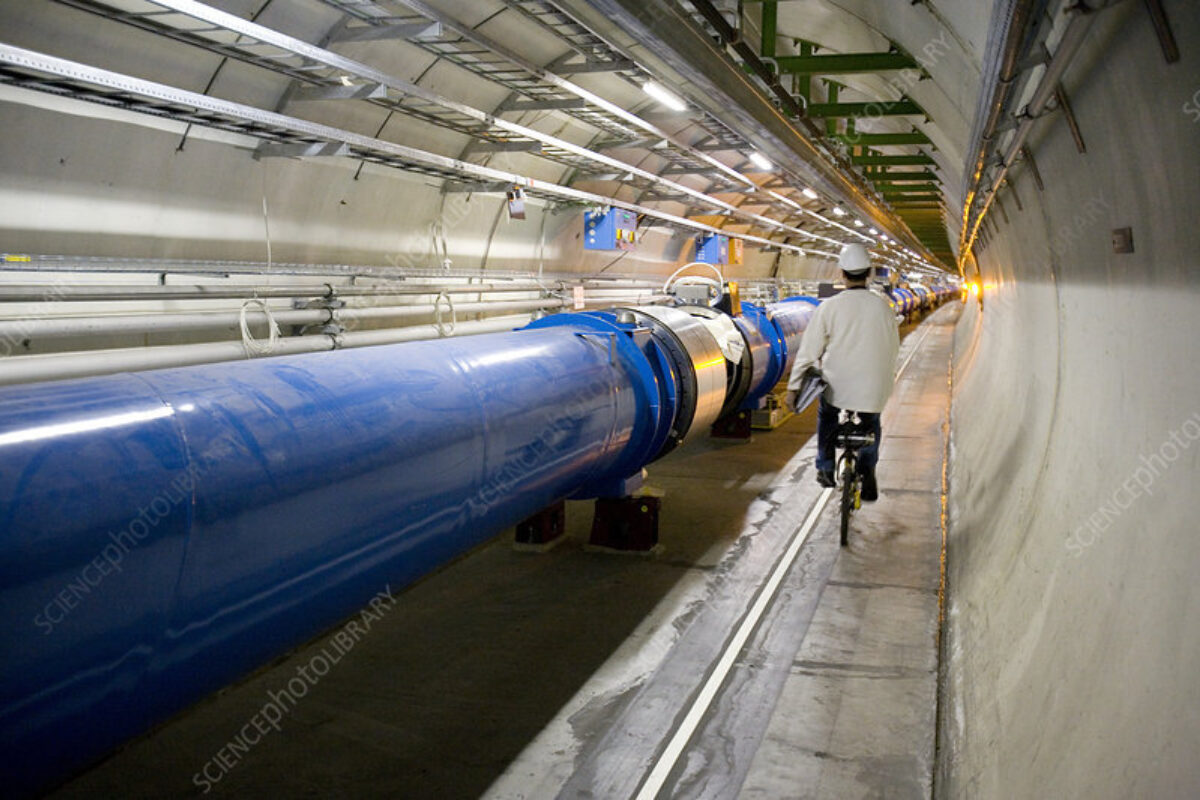
The detector tracks all the shrapnel and sparks from the head-on proton-on-proton collisions.
For this kind of Big Science infrastructure you'd expect a better class of graph - and you wouldn't be disappointed.
LHC gives good graph.
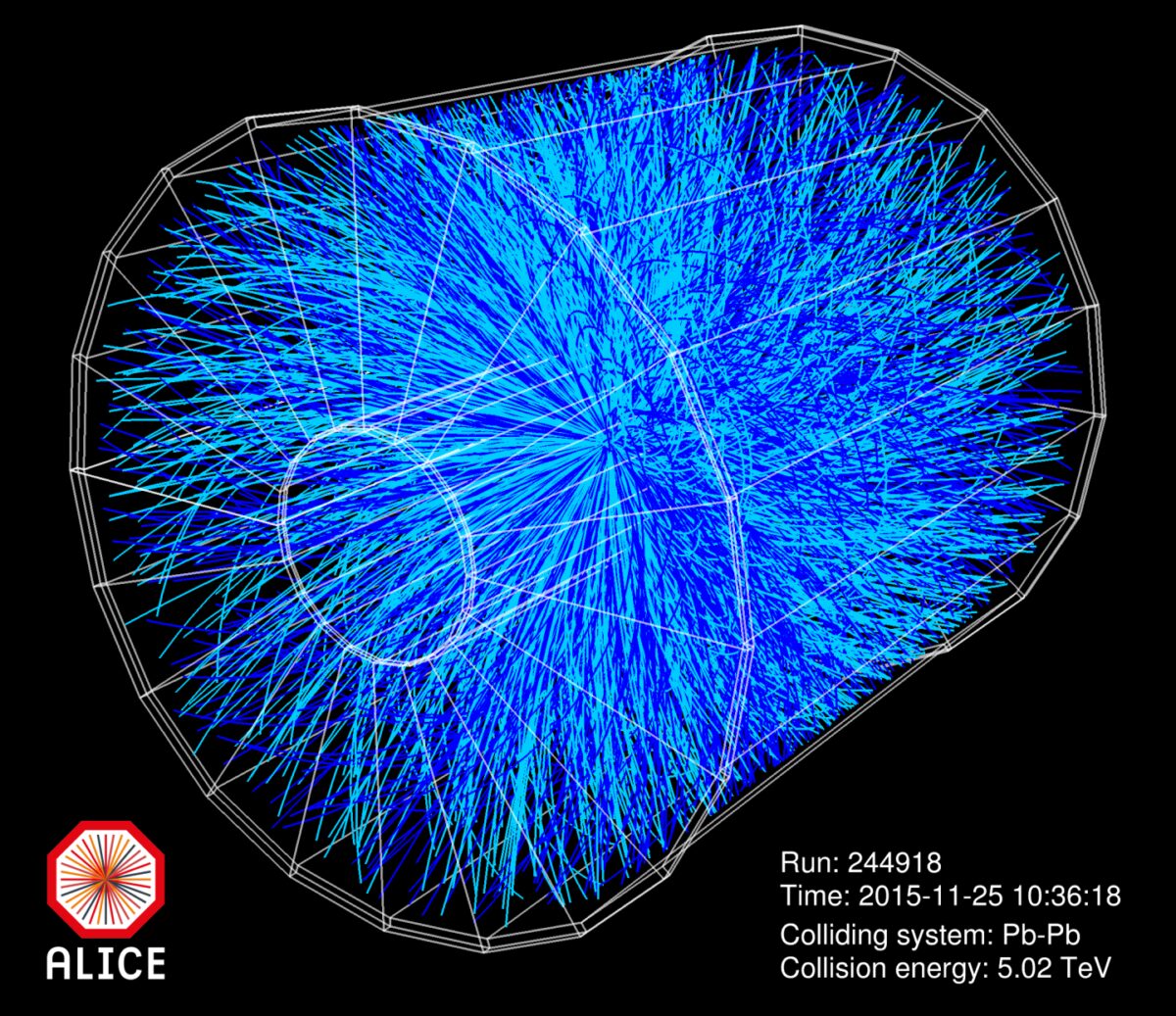
No-one will ever actually see anything though.
Dust bunnyologists can only ever sift out evidence of a dust bunny's fundamental constituents from the cataract of data captured by the hardware.
Somewhere in the data there's a tiny fleeting presence written in mathematics on the shimmering fabric of reality, the warp and weft of the universe.
Twiddle the knobs right and you get a graph of the above that sets a dust bunnyologists heart a-thumpin'.

Is that not impressive? Data from 600 million collisions a second is sifted and filtered through a huge dedicated network of computers to be measured, analysed and statistically assessed and you get this 128k jpeg for your troubles.
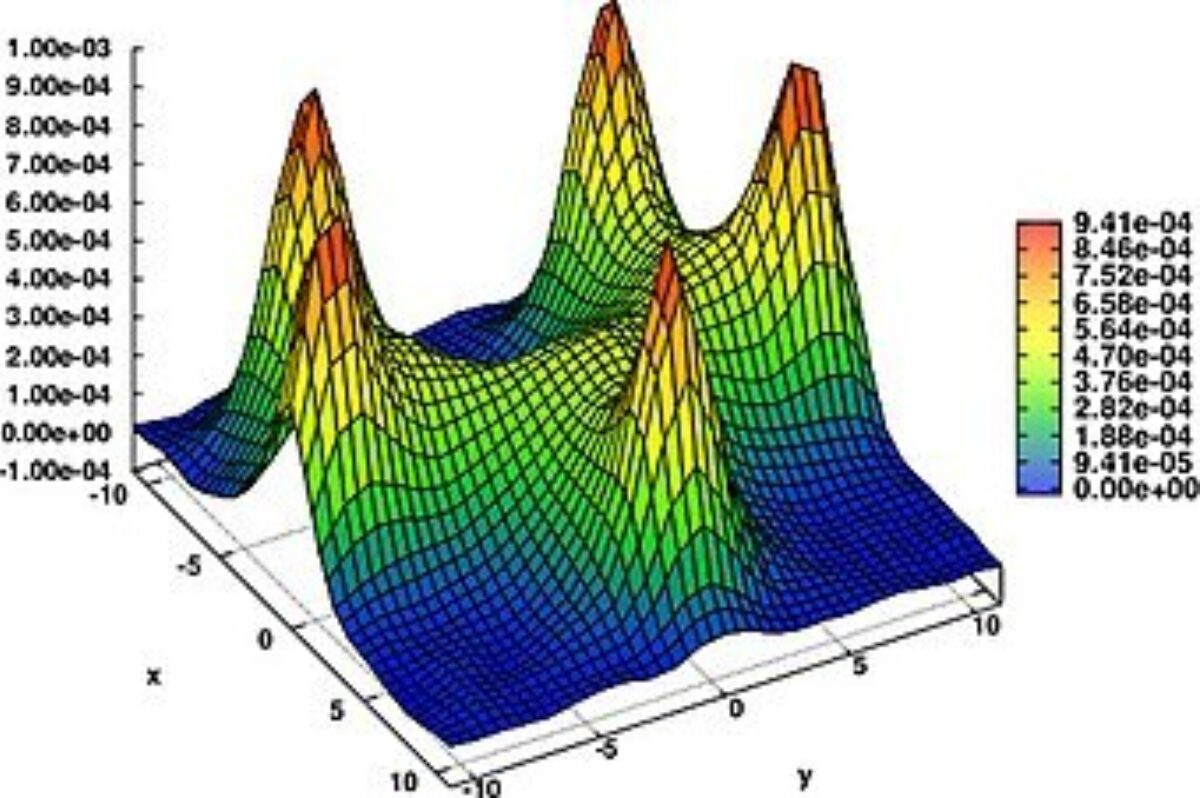
So having found out what a dust bunny is made of the next question is; Where did those dust bunny quarks come from?
When did the first dust bunnies form?
That's what we'll investigate in Part 2 of What are dust bunnies and where did they come from?